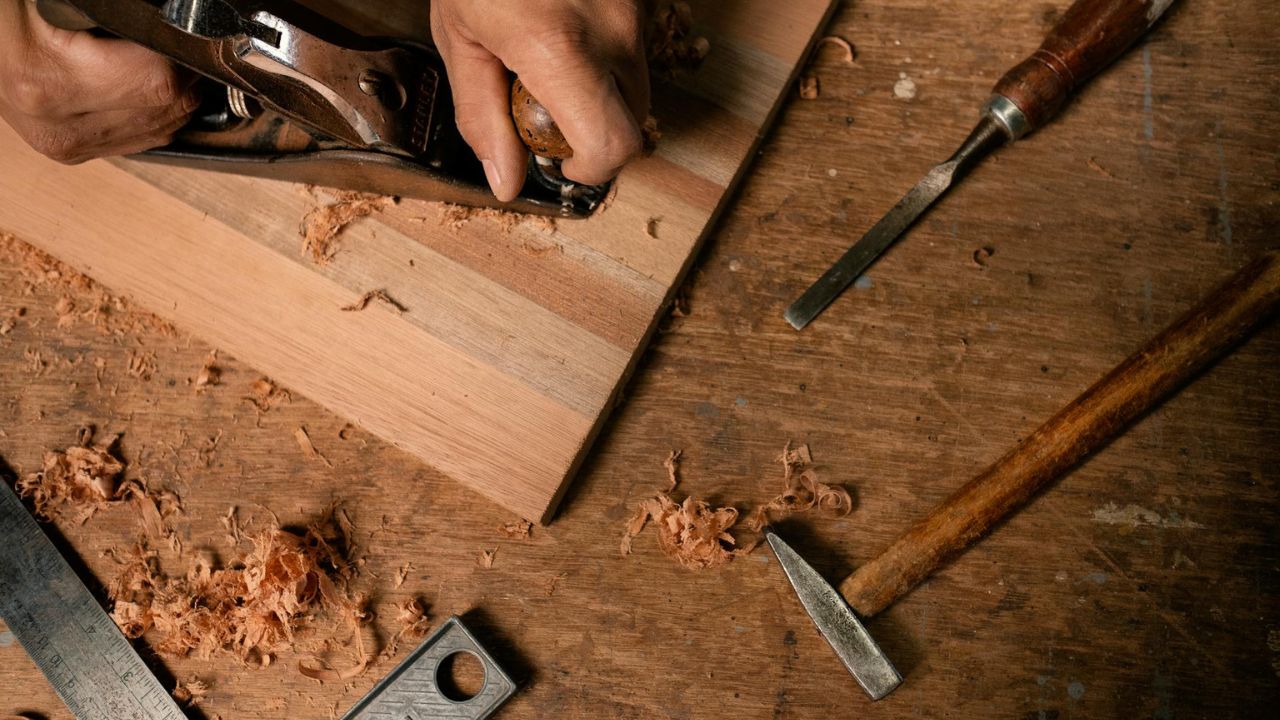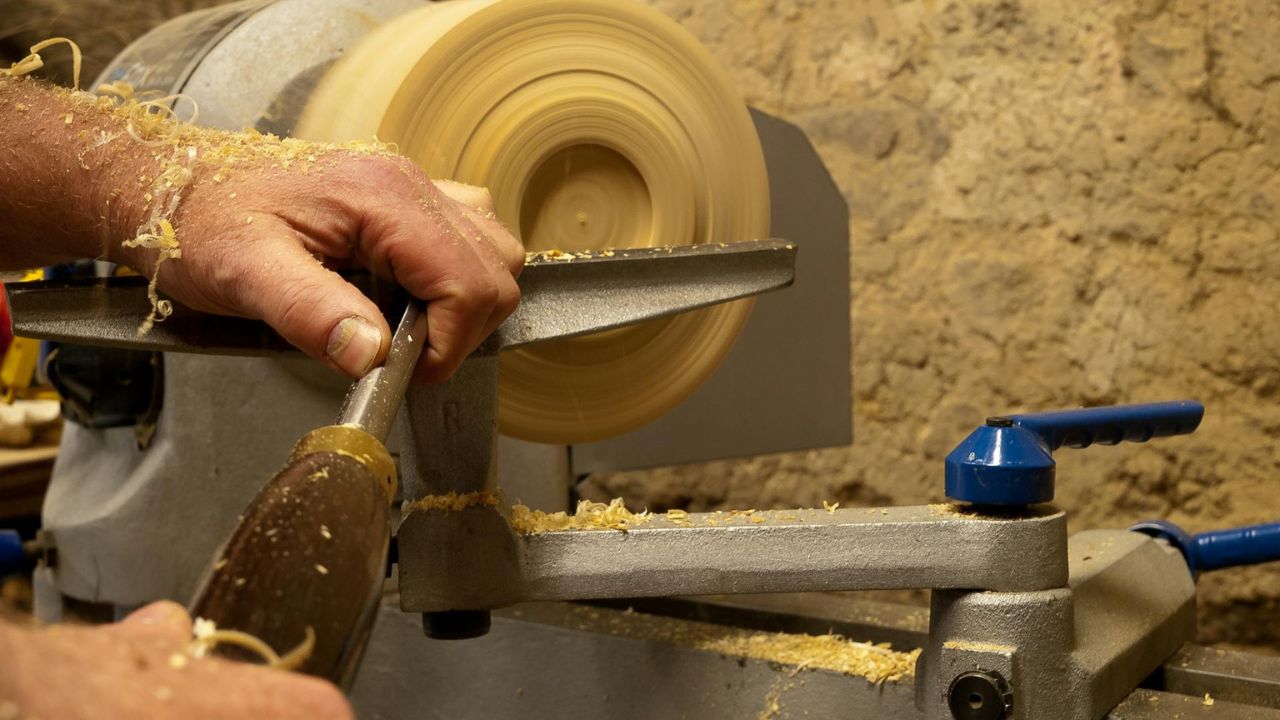How to build a wooden chair: Crafting Your Own Custom Furniture from Scratch
Few projects in woodworking bring together creativity, skill, and functionality like making a wood chair. Whether one is an absolute beginner or an experienced craftsman in woodworking, building one’s chair guarantees a piece of furniture to the liking and style of the maker. We shall demonstrate everything in this tutorial, from the selection of materials down to the finishing touches. We’ll be giving some tips and tricks further in this article that will make your chair strong, comfortable, and look pretty.
Take Your Woodworking to the Next Level! Build 16,000 Woodworking Projects With Step-By-Step Plans
Why Make Your Wooden Chair?
Making a wood chair will let you do so much, such as:
- Personalization: You will have your design choice, size, and finish to fit in with your decor and preferences.
- Cost-Effectiveness: Generally, home-made chairs will be a far more cost-effective option than buying ready-made chairs from stores, especially if one intends to use reclaimed or budget wood.
- Skill Building: The project itself develops a person’s skills of woodworking—from the cutting and joining to the sanding and finishing part.
- Eco-Friendliness: Using sustainable materials or reusing wood reduces waste, thereby helping to conserve the environment.
- Satisfaction: There is no feeling quite like the one when you sit on a chair you built with your bare hands.
If you are looking for good quality to get you started, then refer to this resource for everything you will need.
Materials and Tools You’ll Be Using

If you actually get down to work, here is the list of materials and tools you will be requiring:
Materials
- Wood: Oak, walnut, or maple hardwoods are strong and nice-looking whereas pine is cheaper and softer to work with.
- Wood Glue: To give more strength to the joints.
- Screws and Nails: Screws and nails of appropriate size. It would depend upon the size of your chair.
- Sandpaper: From coarse to fine, a variety of grits is meant for smoothening the material.
- Finish: Varnish, stain, or paint onto the wood protects it and builds it up.
- Materials for Upholstery: Foam combined with cloth raises comfort value in your products.
Tools
- Measuring Tape and Pencil: This enables the maker to measure just perfectly, including making perfect marks where appropriate.
- Saws: Table saw, circular saw, or miter saw for that perfect cut in a plank or any material.
- Drill and Drill Bits: Drills shall be needed when a pre-making pilot hole will mean that assembling will engage parts.
- Chisels: This will be used for finer shaping on the wood in order to make steps among other details.
- Clamps: To hold pieces together as glue dries up.
- Sander: For smoothening surfaces and edges.
Follow this link for the full list of the tools and materials needed.
How to Make a DIY Wood Chair Step by Step
Step 1: Design and Planning
Draw your chair design or virtually create it in a design program. Consider what height the chair will be at, how deep the seat will come in, and what angle on the back of the chair would be most comfortable. The average seat height on a dining chair is 18 inches while the back normally comes up to 34-36 inches.
Step 2: Wood Selection and Preparation
Use the best quality of seasoned wood of perfect grain and free from defects. Oak and walnut are very good types to render strength, but pine is a very cheap variety to start with. Cut the wood into the following pieces:
- Front legs: 18 inches
- Back legs: 34 inches
- Seat frame: Front and back rails, 17 inches; side rails, 15 inches
- Seat slats or panel: 15 x 17 inches
- Backrest slats or panel: 2-4 slats or single panel.
Step 3: Wood Cut and Shaping
Cutting of wood pieces: According to your design, use a saw. A miter saw or jigsaw will serve perfectly for accurate joints. Sand the edges properly to take the splinters off for a refined finish.
Step 4: Chair Frame Assembling
Use wood glue on the joints, clamp the seat frame, and screw or dowel as reinforcement. Screw the front and back legs onto the seat frame, remembering that everything should be square and level.
Step 5: Building the Seat and Backrest
For the seat, cut a piece of solid wood or slats that are evenly spaced for good aeration. Screw the seat on using screws and wood glue. Attach the backrest in slats or a single panel to the rear legs, making sure that the position is right for achieving comfort in sitting.
Step 6: Smoothing
Sand the entire chair using coarse grit sandpaper, going up to finer grits for a fine finish. Pay more attention to the edges and corners of the chair for comfort and safety aspects.
Step 7: Apply the Finish
Choose a finish of your choice: stain, varnish, or paint. Soak a brush or cloth into the stain and spread evenly. Pay attention to the drying times and curing times recommended by the manufacturer.
Step 8: Upholster (Optional)
For ultimate comfort, upholster the seat and back with foam and fabric. Staple fabric to the underside of the seat using a staple gun.
Take Your Woodworking to the Next Level! Build 16,000 Woodworking Projects With Step-By-Step Plans
Success Tips

- Safety First: Safety glasses, gloves, and ear protection are always a must when operating power tools.
- Measure Twice, Cut Once: Save yourself time, money, and frustration by taking that extra step to double-check your measurement.
- Practice Makes Perfect: If it is your first project with woodworking, then first cut and join some waste wood before starting the actual project.
- Get Good Tools: The work gets easy with good tools, and the result is also good.
- Take Help: Never feel shy to take advice from online tutorials or from any other experience holder.
For more help and step-by-step guides, visit this page Build 16,000 Woodworking Projects With Step-By-Step Plans.
Common Errors to Avoid
- Poor Quality Wood: The durability of the chair will vary and so will its outlook.
- Not Creating Pilot Holes: It will save the wood from splitting in case screws are inserted in them.
- Rushing Over Sanding: Proper sanding will make sure that there is a professional finish.
- Disregarding Ergonomics: A chair of poor design will just not be comfortable to sit upon.
Conclusion
Making a wooden chair is, in itself, a bit of a time-consuming process that is, however, satisfying since, after all, one gets to come up with a functional, beautiful piece of furniture. Thus, you have the skills needed in woodworking apart from the satisfaction achieved with a handmade product. Whether the chair is but a simple outdoor patio chair, or even in a classy, elegant dining one, what proves paramount is perfect planning, with patience and due emphasis on the quality.
Take Your Woodworking to the Next Level! Build 16,000 Woodworking Projects With Step-By-Step Plans
